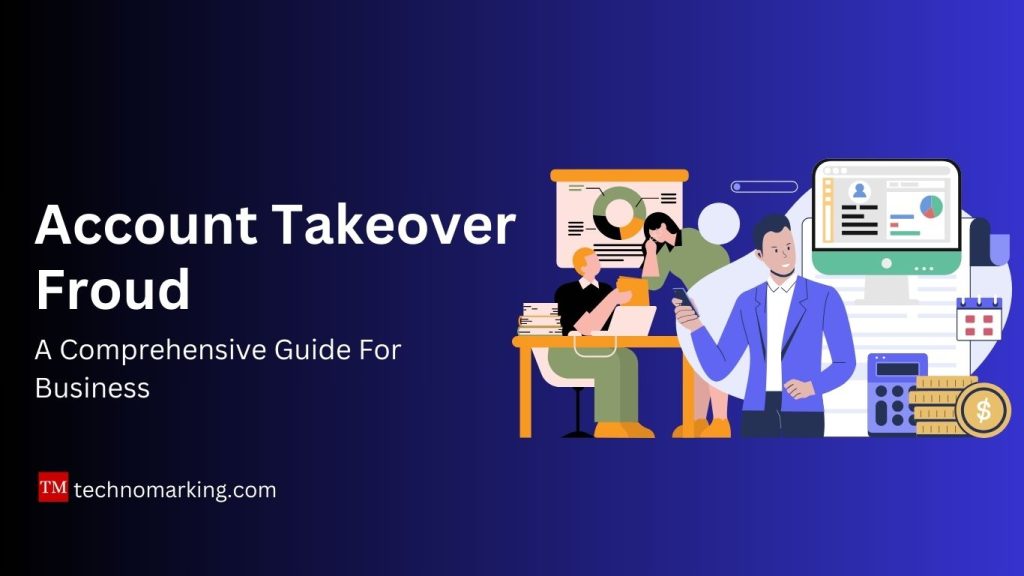Account takeover, commonly called ATO, is an alarming digital menace that can leave businesses with costly losses. It’s caused by cybercriminals gaining control of accounts using stolen login credentials.
These credentials can steal personal identifiers, drain loyalty points, and even buy goods or services with fraudulent credit cards. Fortunately, there are stalwart defenses against this sinister attack.
How does account takeover work?
What is account takeover? Account takeover is an attack where fraudsters gain unauthorized access to a customer’s online accounts. The attackers use these compromised accounts to steal money, deliver malware, or carry out fraudulent transactions.
Cybercriminals often harvest credentials from phishing attacks and data breaches or purchase them on the Dark Web. Typically, these stolen credentials are username-password combinations. Attackers then deploy automated bots to various travel, retail, finance, e-commerce, and social media websites to log in with the stolen credentials. Upon successfully logging in, fraudsters make non-monetary changes to avoid detection and begin carrying out illicit activities.
These illicit activities include credit card and bank account theft, unauthorized shopping, and more. Ultimately, account takeover leads to monetary losses for the victim and reputation damage for businesses that don’t prevent fraud.
While preventing account takeover is a complicated task, it starts with ensuring customers have multiple layers of security in place. For example, requiring multifactor authentication (MFA) at login can reduce the risk of an attack. Moreover, implementing MFA in a way that doesn’t add friction to the login process can help ensure the system is a genuine defense against account takeover. Additionally, implementing adaptive authentication, where MFA is triggered only when needed, can help improve security while keeping customer experience high. An intense fraud detection process will provide financial institutions with complete visibility into all activities on a customer’s account before, during, and after a transaction. It will help identify clues and patterns that indicate a possible account takeover attack.
What are the Common Scenarios of Account Takeover?
Most account takeover attacks start with fraudsters harvesting usernames and passwords through data breaches, phishing, or buying them on the Dark Web. These credentials are then used to access accounts for financial gain – including credit card fraud, eCommerce, and account theft. Fraudsters can also use these stolen credentials to gain reconnaissance by surveilling the contents of a target’s account and cloaking the target’s identity to plan more sophisticated attacks.
Almost everybody has dozens of online accounts that must be accessed for personal and professional reasons – emails, bank portals, e-commerce sites, social media, travel websites, loan providers, etc. These accounts typically require a simple login credential, making them easy to breach and hard to detect until it’s too late.
Account takeover attacks can affect all types of businesses but are particularly prevalent in e-commerce, banking, travel, and telecommunications. They are often launched during peak times to avoid detection – such as holiday shopping, major marketing events, and other high-traffic days. For example, hackers have recently used account takeover to steal competition-based gaming winnings from gamers’ user accounts. Other attackers have been targeting accounts associated with government services, such as Medicare, disrupting people’s benefits. These examples highlight the need for effective fraud detection solutions to spot anomalies in all stages of an attack.
What are the Risks of Account Takeover?
Cybercriminals use stolen passwords and usernames to access a person’s online accounts. This access allows them to make purchases, transfer funds, and extract information they can sell or use to take over other accounts. That is why it’s essential only to reuse passwords on one account, enable two-factor authentication (TFA), and use a strong password manager.
When an account takeover occurs, it puts consumers and businesses at a financial loss. Consumers can pay for unauthorized charges and could face legal or credit issues. Businesses may face reputation damage and lose customers.
Frequently, victims don’t even know they have been compromised until they receive notifications about charges or changes to their accounts. Criminals can also reroute funds to different locations. If they gain access to an account that holds money or financial instruments, it can lead to enormous losses for the business and the customer.
Detecting account takeover is challenging because criminals are opportunistic and work quickly to hide their activity. But an effective fraud detection system can monitor a person’s behavior before, during, and after an attack, which can identify suspicious behavior patterns. It can be done through monitoring and machine learning, which is adept at recognizing several small signals that can indicate a risky pattern together.
How Can I Detect Account Takeover?
Account takeover fraud is a sophisticated and growing threat. Cybercriminals opportunistically take over online accounts to withdraw funds, make purchases, and extract information that can be used in other attacks. They do this by stealing usernames and passwords from data breaches, hacking into networks, or buying credentials on the dark web. Once they have stolen this data, criminals can confidently access the victim’s online account. They can transfer money, deplete gift cards and loyalty points, redeem airline miles, plant ransomware or other malware, or apply for credit in the victim’s name.
It can be challenging for businesses to detect and respond to this type of fraud. Organizations can use tools that monitor suspicious activity and verify identities to improve security. These solutions include limiting login attempts and tracking device locations. Alerts are sent if an account is accessed from an unusual location.
Adding multi-factor authentication can also help prevent account takeover. For example, using a biometric to log in to an account can be more difficult for criminals to impersonate. It may trigger additional security checks that could reveal if the account has been compromised.
It’s also critical to help employees understand how account takeover fraud works so they can keep an eye out for suspicious activity. They can be an early warning system if they notice something unusual like their bank account being frozen after someone else tried to change it.



